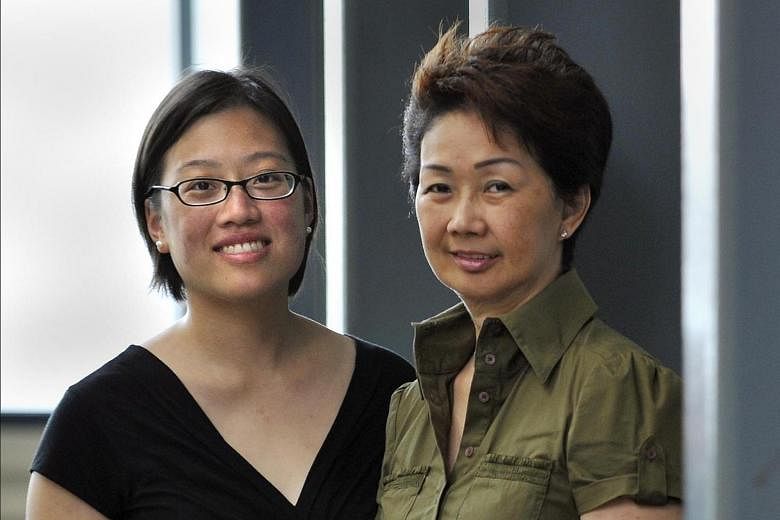This story was first published in The Straits Times on May 10, 2011.
EVEN as more sufferers seek early treatment for the incurable ailment, the Lupus Association Singapore (LAS), which has helped raise awareness, needs a lifeline of its own.
With an eye on arresting the problem of falling membership and grooming new people to take charge in future, it started manning a booth at Tan Tock Seng Hospital (TTSH) in March.
It will continue to do so every first Wednesday of each month to recruit volunteers and disseminate information via DVDs and booklets.
It has more than 400 members, including patients, their families and doctors. But this is short of the all-time high of more than 700 members the 20-year-old association had several years ago, said its president Nancy Chin, 60.
The main reason is that when a member dies, family members also tend to pull out of the association.
To mark World Lupus Day today, it is also holding a two-day exhibition at TTSH, which started yesterday.
Lupus is a chronic disease where the person's immune system attacks tissues and organs. It is not known why it happens, but hormones could be a factor as it mostly affects women of child-bearing age.
Nine in 10 sufferers are women, and it is estimated to affect nine out of every 10,000 Singaporeans.
But more sufferers are going for help early, said Dr Bernard Thong, who heads the department of rheumatology, allergy and immunology at TTSH.
The hospital, which has the highest number of rheumatoid specialists, sees about 10,000 visits by lupus patients a year. Singapore has 38 such specialists, with 11 at TTSH.
"When I started out in the 1990s, I would see psychotic patients - they had hallucinations - and those with severe kidney damage. This is less common now," said Dr Thong, referring to more patients going for early diagnosis and treatment.
Of the 1,000 patients with systemic lupus erythematosus - the most common and serious form of the disease - registered at TTSH, only 6 per cent have ever had seizures and psychosis during the course of their illness.
Symptoms vary widely and include fatigue, hair loss, fits and a butterfly-shaped rash across the cheeks and nose bridge.
"Everyone is affected differently; that is why lupus is sometimes called the disease with a thousand faces," said Ms Chin, who was diagnosed 30 years ago.
Dr Thong said hair loss, arthritis and butterfly rash affect more than half the patients at TTSH.
Medical treatment, such as the range of drugs used, has improved in the past decade.
In the past, patients would get mainly steroids.
Today, anti-malarial and cancer drugs are also used as these have the ability to stabilise the immune system, he added.
Ms Chin said that though lupus is incurable, it can be controlled well with medication.
"We need to make changes," she noted, citing how she has to swim indoors because the sun aggravates the condition and can cause her to break out in rashes.
"But we can live a normal and healthy life."
An example is Ms Jennie Sokolik, 28, who found out she had lupus at age 16.
The American continued pursuing a full-time profession in banking and finance but her condition got worse "probably due to the stress". In four years, she changed jobs four times.
"I told myself that I can do it - but it turns out that I can't," she said.
She has kidney complications and takes about seven types of drugs, including vitamins.
She no longer works but Ms Sokolik, married to a chemical engineer, now volunteers at the LAS and enjoys taking up new hobbies such as photography.
In fact, the disease has made her treasure the little things in life.
"I would tell myself that I'm going to enjoy life, not spend it in depression," she said.


